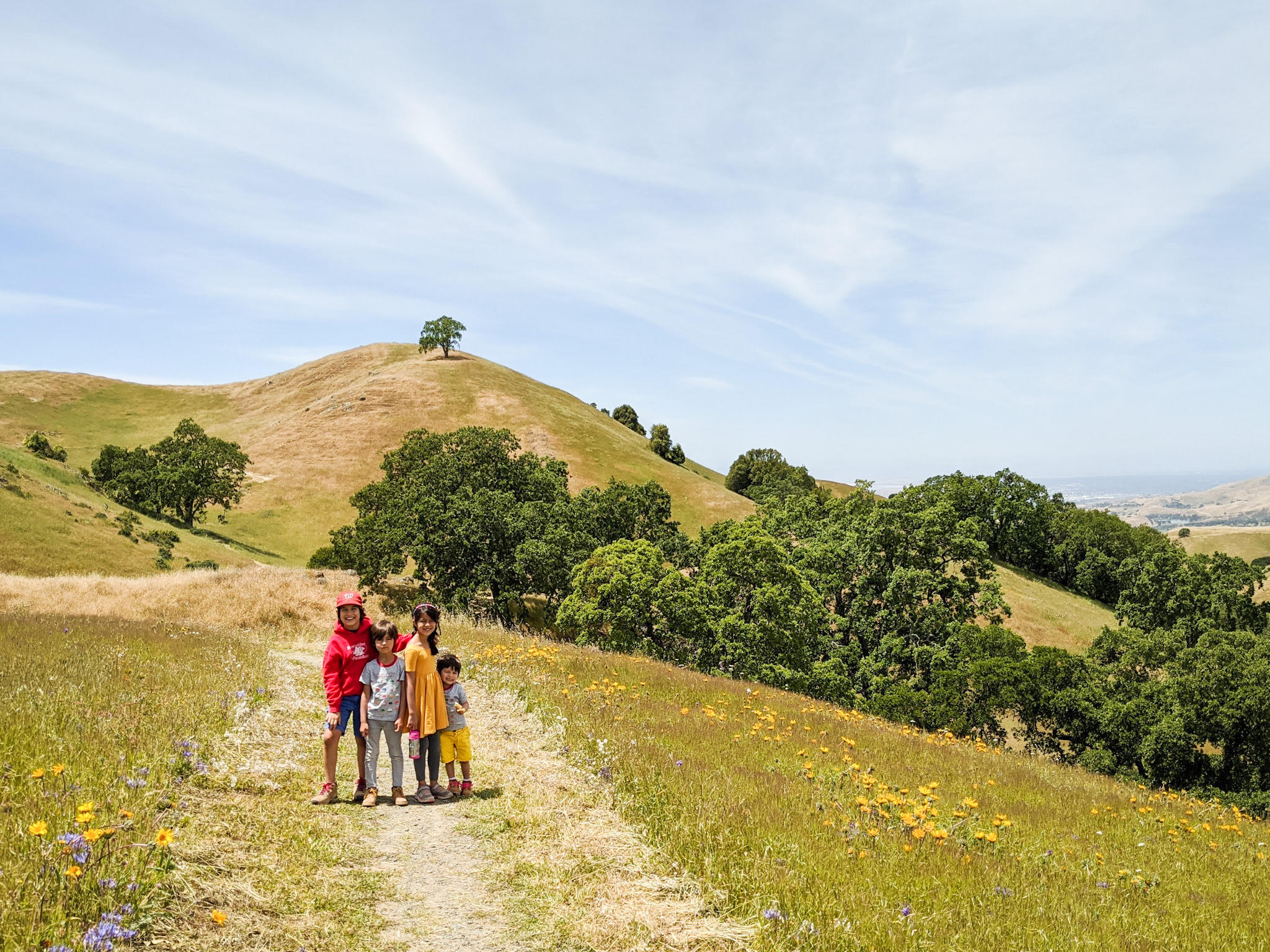I’m so excited to help you connect your family to the world. This first lesson is all about creating a culture of curiosity in your home.
Creativity and curiosity build connection by nurturing interest in others’ perspectives and stories. That curiosity leads to understanding and empathy and compassion.
Read on for 5 actionable tips for creating a culture of curiosity in your home!
This lesson about raising creative and curious kids contains affiliate links, but all opinions are 100% my own. That means I earn a small commission if you purchase through my link, but doesn’t change your price.
1. Model Curiosity
As any parent (or older sibling) knows, kids like to imitate. They’re born to do that! It’s how they learn. That’s how your kids start repeating words and phrases you say, or pretend to cook while you’re making dinner. They’re learning the details of life from you, and often try to copy what you do as best as they can.
Because of this, the best way to raise curious kids is to be curious yourself! Ask questions – and find answers. Notice colors and shapes, bugs and birds and trees while you’re out and about. Read books. Ask people questions.
This can also look like continuing your own education. It can be as simple as taking a creative class or researching natural products for your family. Just do something that interests YOU.
Here’s how to take a bunch of creative classes from experts completely for free!
2. Seek Answers
It can be SO tempting to respond to kids’ millions of questions by just making something up, or even just saying that you don’t know. But I promise if you try to find out the answer – and show your kids how you do – you’ll spark interest and curiosity in them, as well. You’ll teach them that knowledge is worth the effort, and that there are ways to answer that curiosity. That, in turn, will give them freedom to continue to be curious in the future.
Do your best to seek answers from a variety of sources. Is there a resource book? A video? A newspaper article? A real-life experiment? Consider all the different ways you can learn and seek answers for your curious kids.
3. Provide Opportunities for Curiosity and Imagination in Kids
Kids do great with a variety of stimuli, so try to add in a diverse set of them. Books are great for stimulating brain activity for more questions and curious kids. Screens can be used in a way to help families learn about the world. Travel, whether virtual or physical, is also incredible for inspiring curiosity and imagination.
After we’d spent a week learning about Italy with kids, my kids showed up one afternoon in full “gladiator” armor made out of cardboard. I hadn’t given them the prompt, but our week of learning had given them imagination ideas and tools to work with.
There’s nothing like filling their minds with far-off lands, parks, outdoor adventures, museums, and new friends to help them be creative.
Here are some tips for virtual field trips for toddlers and preschoolers!
4. Provide Resources
Every family situation is different, especially when it comes to finances. But there are tons of completely FREE resources that will allow your kids to develop their curiosity. Currently, a couple of my kids are obsessed with cardboard and tape.
Do you have some resources like that sitting around your home or a friend’s home? Consider things that may be worn out and no longer needed, such as old tupperware, plastic utensils and a pot, aluminum foil, old t-shirts, or good, old-fashioned crayons. Remember, a parent’s trash is a kid’s treasure.
Books are another amazing resource. And they don’t need to be new! Check out used bookstores (virtual and physical), e-resources through the library, or borrowing from a friend. And don’t forget about experiences – museums, hikes, and trips are all great, but so are virtual versions of those! Be creative and consider what cheap or free resources you can provide your kids to inspire curiosity. And make sure you have diversity of stories, perspectives, and backgrounds in the resources you provide.
Resources may also look like experiences. Museums, hikes, and trips are all great, but so are virtual versions of those. Can you pull up an online Junior Ranger activity? Could you try out a virtual museum tour? Play a variety of music? Be creative and consider what cheap or free resources you can provide your kids to inspire curiosity. And make sure you have diversity of stories, perspectives, and backgrounds in the resources you seek.
5. Let Them Be Unengaged
If there’s one thing I feel passionately about, it’s letting kids be unengaged. In other words, let them be bored. But I don’t like using the word bored! Because I’ve found that when kids have opportunities to practice being curious and creative, they are NOT bored. Kids tend to complain about being bored when they’ve grown accustomed to someone else engaging their minds for them.
When kids say they’re bored, what they’re really doing is asking for is help putting in the mental effort to be creative.
But the great thing about kids is that with just a little practice, they get really good at not being bored. With even just a little time spent being unengaged, unscheduled, and unentertained, they become experts at engaging themselves. Bored kids become curious and creative kids.
By allowing them the time to PRACTICE engaging their own minds and imaginations, you’re giving them a great gift. You’re giving them the gift of creativity. You’re raising curious kids.
Stay tuned for lesson #2 tomorrow!



